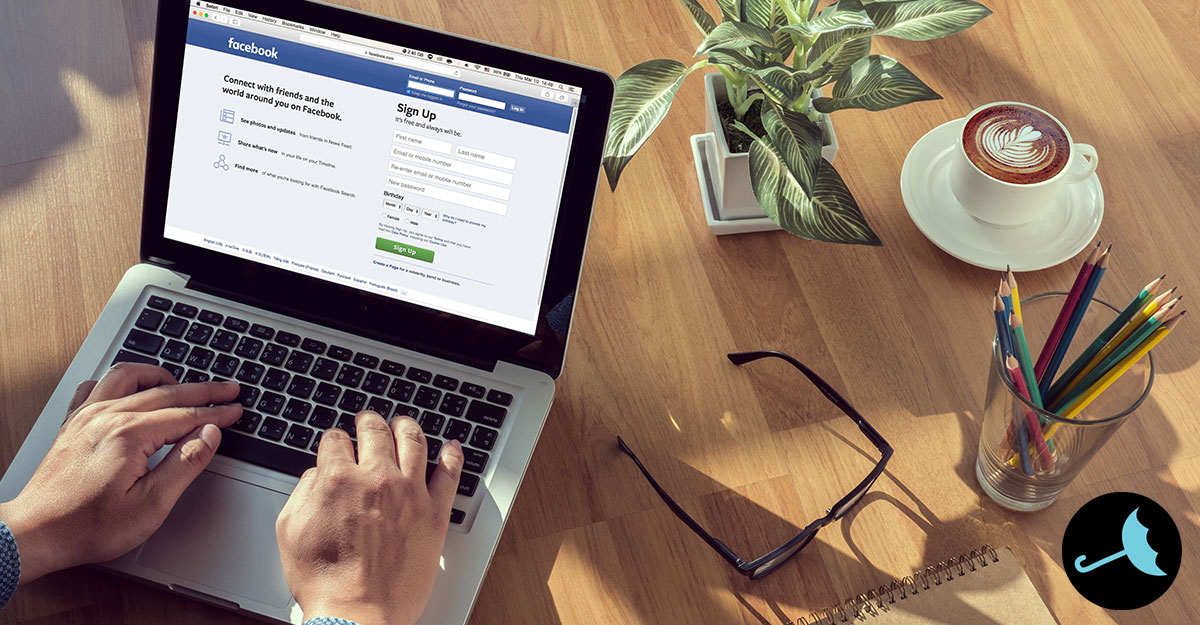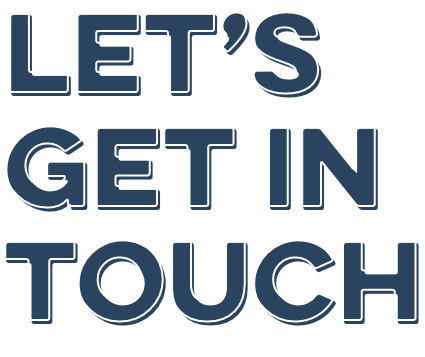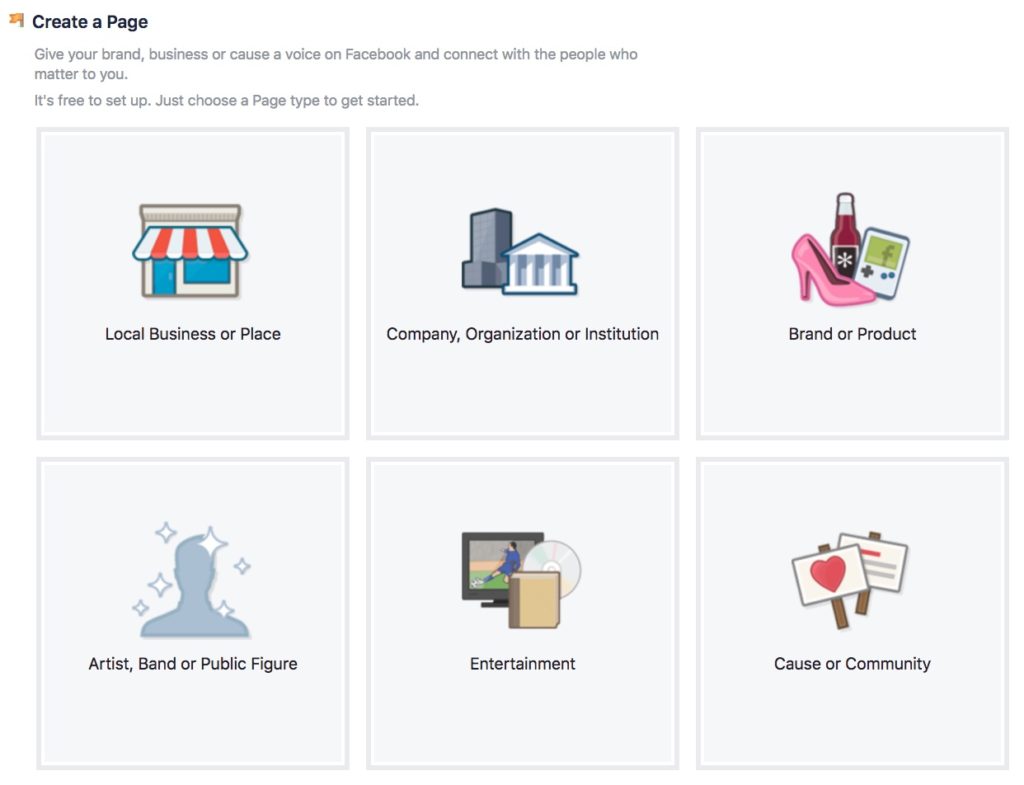Facebook Marketing Guide Part 1: Introduction

Let’s face it—Facebook is going to be around for a while. Despite the naysayers and prophets of doom and downfall, Facebook has proven to be a media juggernaut that brings in more U.S. ad revenue than any other company, trailing only behind Google.
The numbers are way too big to ignore. For instance, “Daily active users (DAUs) were 1.23 billion on average for December 2016, an increase of 18% year-over-year.”
This rapid growth rate helped increase ad revenue from around 17 billion in 2015 to almost 27 billion in 2016, representing a 57% year-over-year increase (Source: Facebook Fourth Quarter and Full Year 2016 Results).
While we all know nothing lasts forever, it’s safe to say that Facebook (and with it, Instagram) is a huge advertising channel that isn’t planning on slowing down anytime soon.
As a digital marketing company, we owe it to ourselves and our clients to leverage the world’s largest meeting place to target real customers with real dollars to spend.
FACEBOOK 101
- Do some preliminary research
Spend some time looking at various Facebook pages in your industry to learn from what they are doing right. Find big brands that both you and your potential customers admire.
Either enter direct competitors into the Facebook search bar or search for keywords that are relevant to your niche.
If you can’t easily find the Facebook page of a brand you admire, find their main website and then look for any social media links on the page.
Jeff Bullas: Top 10 Small Business Facebook Designs to Inspire You
Once you find a few pages in your niche that you admire, take some notes. Write down how frequently they post, what tabs they have, what kind of content they are posting, and which posts are working best for them.
Don’t forget to note any areas in which they can improve.
- Follow Facebook Best Practices
There aren’t any hard and fast rules for social media posting, but there are some best practices you should be aware of:
- Post frequently, once a day or once every other day. While this may seem excessive, the more your post, the more your posts will get seen. Even if you don’t plan to work on the weekend (who does?), try to schedule a post or two for Saturday and Sunday when many people are on Facebook.
- Engage your audience. This means asking questions, posting useful tips, links to interesting articles, and timely industry news and updates. Instead of focusing on selling, try to deliver content that your audience wants and you’ll begin to develop a deeper and longer relationship with your customers. A good ratio to follow for non-salesy posts vs salesy posts is 80-20 or 90-10. So, if you are posting every day of the week, only around one post will be a sales message.
- Speed up your response times. Don’t forget to respond to comments, posts, and messages. The faster the response, the better.
- Include call-to-actions when necessary. For instance, telling people to watch a video or visit your website for more information.
- Be social! This is a social network after all, so try to be fun and sociable. Don’t take yourself too seriously, but remember to stay true to your brand image and core values.
While these are some good best practices to follow, there are no strict rules or procedures. Learn what works with you your audience and tweak your strategy from there.
Profile vs Page
What’s the difference between a Facebook Profile and Facebook Page?
A Facebook Profile is the regular Facebook account for individuals. Before brands and businesses hopped on board, that’s all there was. Just Facebook profiles for college kids and their friends. Whenever you sign up for Facebook, a Profile is created. This is your personal profile, where you can communicate with friends and family on a personal level.
Facebook Pages came later. A Facebook Page is a business account that represents a business, brand, company, cause or organization. If you have a business, you should have a Facebook page. In today’s online environment, not having a Facebook page can indicate that your business or organization is out of touch, not in business or unavailable.
How to Create a Facebook Page
To create a Facebook page, click on facebook.com/pages/ and then “More” on the top-right corner. The dropdown menu should give you the option to “Create Page.”
You can also Click  in the top right corner of any Facebook page. Select Create a Page, or Manage Pages if you need to access a page you’ve already created.
in the top right corner of any Facebook page. Select Create a Page, or Manage Pages if you need to access a page you’ve already created.
6 Facebook Page Types
1. Local Business or Place
This is the correct page category to choose if you have a brick and mortar store that your customers visit. If you have an online business or store, then you should choose a different category, such as Brand/Product or Organization/Institution.
If you do have a physical location and choose the Local Business/Place option, you’ll be confronted with another choice. This time, a long list of local business categories, including bar, hotel, real estate, restaurant, and shopping/retail. If your business doesn’t fit neatly into one of the categories, then you should choose the “Local Business” option.
2. Company Organization or Institution
If you have multiple locations, or don’t need to attract foot traffic to your business, you might be better off choosing Company Organization/Institution. Franchises that have multiple addresses and different hours of operation would be better off choosing Company Organization over Local Business.
Again, after you choose this option, you’ll be confronted with a long list of business page categories to choose from. If your business doesn’t fit neatly into any of the categories, then choose Company, Organization, or Small Business, whichever one you’d like your customers to see you as.
If you only sell products through your own website, choose this option instead of Local Business or Brand/Product. However, if you sell your products through multiple websites and retailers, choose Brand/Product.
3. Brand or Product
This is the clear option for brands, such as Coke, Pringles, Apple, and Burt’s Bees. If you have products that are sold through multiple websites and retailers, this is the page type to choose. Once you choose Brand or Product, you’ll be asked to select the best match for your brand. This includes categories such as cars, clothing, electronics, etc.
If you don’t see the category that best fits your brand, choose Product/Service but not before reading the whole list to see if any others are a closer match.
4. Artist, Band or Public Figure
Any artists, bands, or personalities that want to promote themselves should choose this page type. This includes coaches, doctors, chefs, politicians, lawyers, bands, writers, and many more.
If, however, you are promoting a specific movie, book, TV show, album, or publication, the Entertainment page type would be a better fit.
5. Entertainment
If you are in the entertainment business and you want to promote something, such as a magazine, radio station, movie, TV show, album, or book, the Entertainment page type would be the best match.
6. Cause or Community
This last option is the only page type that does not ask you to choose a category. This is something to consider, since you want to choose the page type that is as accurate as possible.
Before you consider the Cause or Community page type, thoroughly check out the other page types and category options. For instance, here are some available options under Company Organization or Institution:
- Non-Profit Organization
- Cause
- Health/Medical/Pharmaceuticals
Additionally, check out the categories that fall under Local Business or Place, such as:
- Community/Government
- Church/Religious Organization
- Education
Take the time to read through all the categories in order to pick the one that defines your page most accurately.
Facebook Vocabulary
In order to use Facebook properly, it’s important to learn the lingo. Take a few moments to become familiar with Facebook’s world of words.
Friend – This can act as both a noun and verb, as in you can friend someone on Facebook who you know in real life. Once you submit a friend request, the other person has the option to accept or deny your friend request. You can only friend a person, not a business page. If you wanted to receive posts and updates from a page (as opposed to a profile), you have to “like” or “follow” the page. More on that later.
Group – Facebook groups are groups of Facebook users that organize around a common interest or goal. For instance, if you wanted to create a book club in your community, it might be a good idea to start a Facebook group.
You can make the group Public, Closed, or Secret. In public groups, anyone can join or be added/invited by a member. In closed groups, anyone can ask to join or they can be added/invited by a member. Secret groups are the most restrictive. Anyone can join a secret group, but they have to wait to be added or invited by a member. You cannot request to join a secret group, but you can find an admin and ask them to manually add you to the group (Source: Facebook).
Anyone in the group can be made an admin or a moderator by the creator of the group or another admin. If you are a group admin, you have full control over the page, can manage group settings, remove admins and moderators, and make others admins or moderators.
A moderator can approve or deny memberships and posts, pin/unpin posts, as well as remove people and posts from the group (Source: Facebook).
Like – The most common Facebook term is also potentially the most confusing. There are three different meanings for the Facebook term, “like”:
- When someone “likes” a Facebook Page they are professing their affinity for the page and automatically “follow” the page and their updates and posts.
- When a Facebook user “likes” a comment on a “wall” or “news feed,” they are expressing some agreement with it. The more posts you like from a person or page, the more likely you will see more posts and updates from them. Every like and interaction factors in to your news feed algorithm.
- You can install social media plugins on your website with a “like” button for Facebook. When someone lands on your website page or blog, they can “like” the piece of content, which will show up on their news feed that they “liked” that particular page. Share buttons can also be utilized, which enables the user to add a comment and share the post on their wall. While clicking on the “like” button won’t make them a follower or fan, there are also Follow buttons that you can install on your website for that option. Learn more about the different Facebook Social Plugins available to you.
News Feed – The new feed is the main column of stories you see from people and pages you follow. It is tailor-made for you. Click 


There are actually a lot more words that pop up when using and talking about Facebook, which we discuss in Part 2 (Intermediate) and Part 3 (Advanced).
Click here for a Glossary of Facebook Ad Terms
For more information on Facebook and social media marketing, contact VitalStorm for content, insights, and custom-tailored solutions to supercharge your Facebook marketing.
Related Resources:
- Facebook Marketing Guide Part 2 (Intermediate)
- Facebook Marketing Guide Part 3 (Advanced)
- Content Marketing Strategy
- The Ultimate Swipe File for Home Services | FREE Headlines
- Best Digital Marketing Tools & Resources for 2017
- Google’s Mobile-First Index | Mobile SEO Guide for 2017
- How to Generate Reviews for the Home Service Industry
- YouTube Advertising Guide
- 10 Common Home Service Website Mistakes
- Why Your Home Services Company Needs Social Media
Start Advertising with VitalStorm
1-877-311-5695
Follow us on Facebook, Instagram, Twitter, Google+, and Pinterest for all the latest digital marketing news, tips and tricks.


